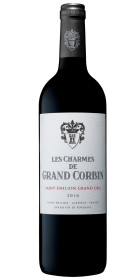
Wine and spirits masterpieces to your doorstep
Saint-Émilion

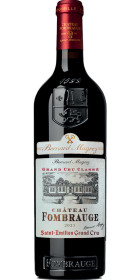
Château Fombrauge 2021
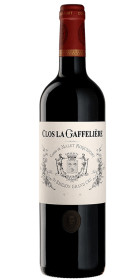
Clos La Gaffelière 2019
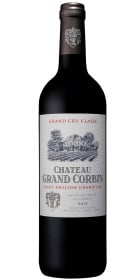
Château Grand Corbin 2015
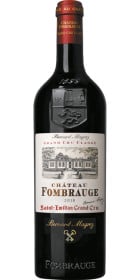
Château Fombrauge 2018
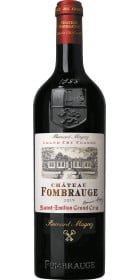
Château Fombrauge 2019
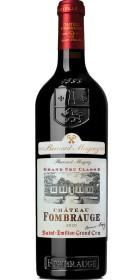
Château Fombrauge 2020
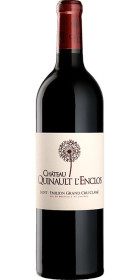
Château Quinault l'Enclos 2017
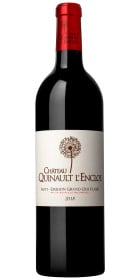
Château Quinault l'Enclos 2018
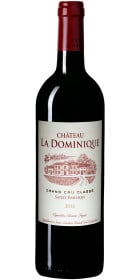
Château La Dominique 2013
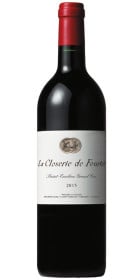
La Closerie de Fourtet 2015
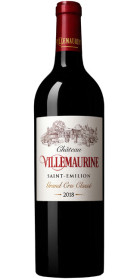
Château Villemaurine 2018
- Bottle 0.75L
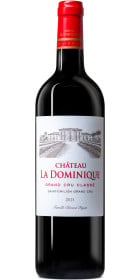
Château La Dominique 2021
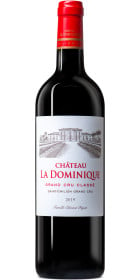
Château La Dominique 2019
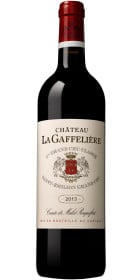
Château La Gaffelière 2013
- Bottle 0.75L
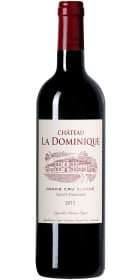
Château La Dominique 2015
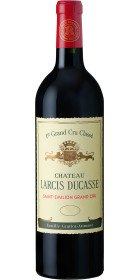
Château Larcis Ducasse 2017
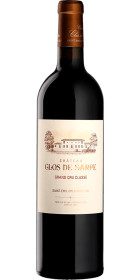
Château Clos de Sarpe 2018
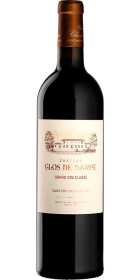
Château Clos de Sarpe 2016
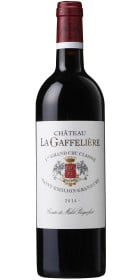
Château La Gaffelière 2014
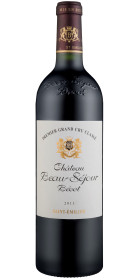
Château Beau-Séjour Bécot 2011
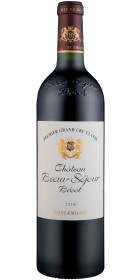
Château Beau-Séjour Bécot 2016
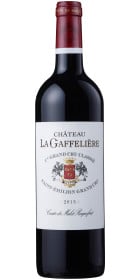
Château La Gaffelière 2015
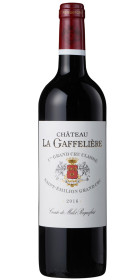
Château La Gaffelière 2016
The Saint-Emilion appellation is undoubtedly one of the most famous in the world, located on the Rive droite of Bordeaux. Its 5400 hectares vineyard is present on the numerous hills surrounding the famous medieval village of Saint-Emilion, forming a splendid wine landscape benefiting from an oceanic and temperate climate.
The vineyards classified as Saint-Emilion Grand Cru are spread over 8 communes: Saint-Emilion, Saint-Christophe-des-Bardes, Saint-Laurent-des-Combes, Saint-Hippolyte, Saint-Etienne-de-Lisse, Saint-Pey-d'Armens, Vignonet and a small part of Libourne. In order to carry the Grand Cru label, the vineyards must respect several quality criteria, notably a yield limited to 40 hl/ha and a minimum of 12 months maturation. These are only red wines.
The appellation Saint-Emilion Grand Cru includes all the Grands Crus Classés of its classification published in 1955, which are hierarchically divided into three categories: Grand Cru Classé, Premier Grand Cru Classé and Premier Grand Cru Classé " A ". It is an evolving classification that allows some Domaines to move up in title or conversely, to be downgraded. It can be revised every ten years, the last revision being in September 2022. Since this edition, 85 Châteaux have been dedicated.
What are the characteristics of the Saint-Emilion appellation Grand Cru ?
The Saint-Emilion appellation Grand Cru is located on many types of very qualitative soils, mostly limestone, especially on a large plateau bordering the medieval city, where we also find alluvial deposits of gravel and sand as well as clays in the subsoil. The limestone soils allow an active water supply for the vines by capillary rise, so they never suffer from too much water stress. The gravels allow the heat of the day to be stored and released to the vines at night, allowing them to ripen properly. The clays ensure coolness and water supply during the summer season.
Several grape varieties flourish on the soils of Saint-Emilion: Merlot and Cabernet Franc in large majority, as well as Cabernet Sauvignon in smaller proportion.
- Merlot is the dominant grape variety in Rive droite. It dominates the blends, bringing elegance, crispness and suppleness in the mouth, as well as aromas of red and black fruits and spices. The aging in oak barrels is particularly beneficial.
- The Cabernet franc expresses itself perfectly in Saint-Emilion, where it represents one third of the vineyard. It brings fine tannins and a nice freshness to the wines, especially with spicy aromas.
- The Cabernet Sauvignon brings complexity and additional tannins.
Built for aging, the wines of Saint-Emilion are fleshy, fruity and voluptuous, offering a controlled power that diminishes with time. They are undoubtedly great wines of Bordeaux.
Which are the emblematic properties of the Saint-Emilion appellation Grand Cru ?
The last revision of the Saint-Emilion classification, in September 2022, listed 85 Grands Crus Classés: 2 Premiers Grands Crus Classés "A", 12 Premiers Grands Crus Classés and 71 Grands Crus Classés:
- 2 Premiers Grands Crus Classés "A": Château Pavie (since 2012) and Château Figeac (promoted in 2022)
- 12 Premiers Grands Crus Classés : Château Beauséjour Duffau, Château Beau-Séjour Bécot, Château Belair-Monange, Château Canon, Château Canon-La-Gaffelière, Clos Fourtet, Château Larcis-Ducasse, Château La Mondotte, Château Pavie-Macquin, Château Troplong-Mondot, Château Trottevieille and Château Valandraud.
- 71 Grands Crus Classés, including Château Fombrauge, Château Dassault and Château La Dominique
The 2022 edition of the classification has been marked by several twists and turns. Historically, the famous Château Cheval Blanc and Château Ausone have always been at the top of the classification since its creation, as First Great Classified Growths "A". But in January 2022, a few months before the official promulgation, they announced that they did not want to submit their candidacy and thus withdrew from the classification. They were followed a few months later by Château Angélus and Château La Gaffelière. A lot of difficulties certainly, but that did not prevent the good progress of the commission of approval of the classification and its disclosure.
